Among the numerous Native American nations that have lived on the Great Plains were the Sioux. The name “Sioux” means “little snakes.” They occupied the territory of North and South Dakota, Minnesota, Wisconsin, Montana, Illinois, and Nebraska. Their struggle with the Europeans began in the 17th century when Frenchman Jean Duluth moved into their territory and occupied their land. Matters would grow far, far more contentious.
The tribe of the Sioux was actually made up of a few smaller tribes that were very powerful and had a rich history of famous tribe members. Some of the most notable of these Indian chiefs were Sitting Bull, Red Cloud, Lone Horn, Flying Hawk, Crazy Horse, and Spotted Elk. Fortunately, many of these faces haven’t been forgotten: their photographs testify to their personal struggle and courageous contributions.
The great leader of the Sioux Indian Tribe was Chief Red Cloud, who was known for his courage and wisdom. He was an important figure in the battle between the U.S. government and the Native Americans in the 19th century. He firmly resisted the so-called Bozeman trail through the territory of Montana and for two years continuously opposed the building of a road through Wyoming and Montana, a period known as Red Cloud’s War.
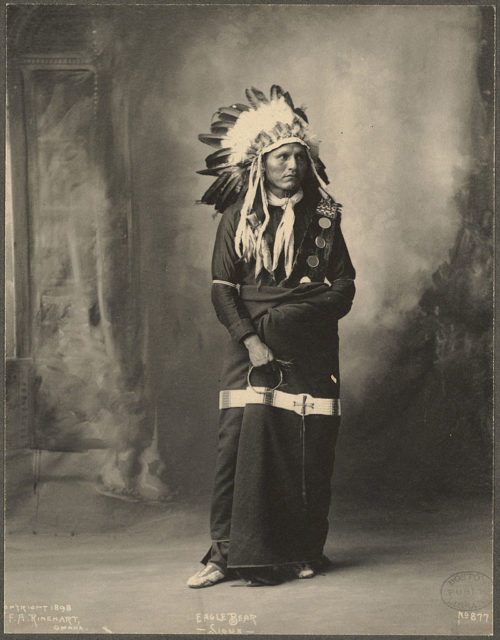
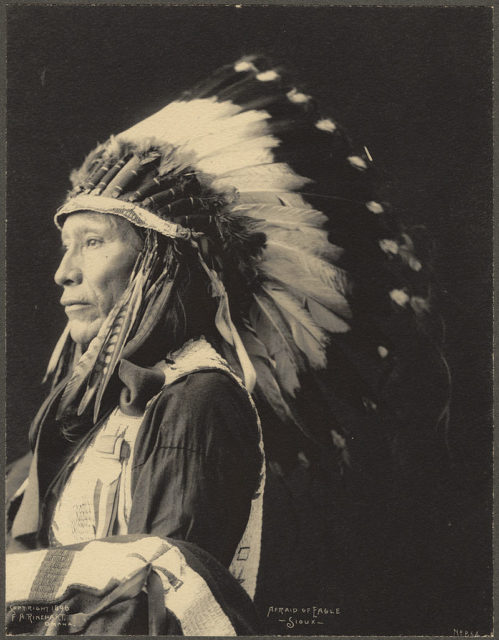
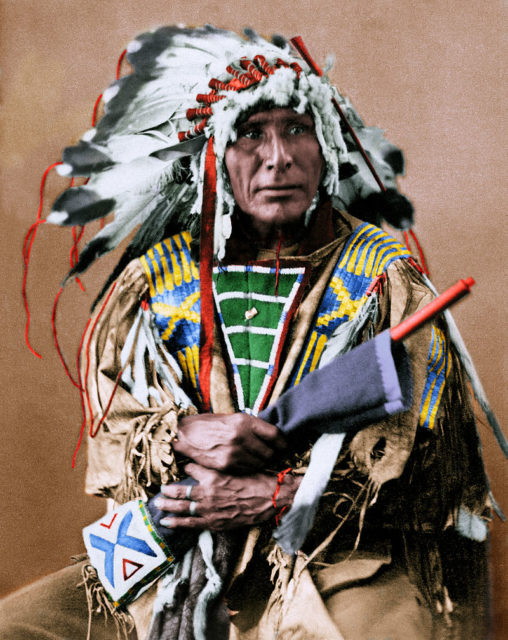
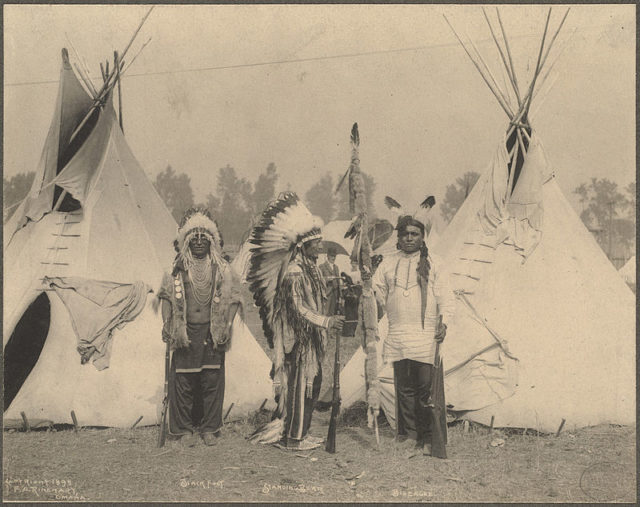
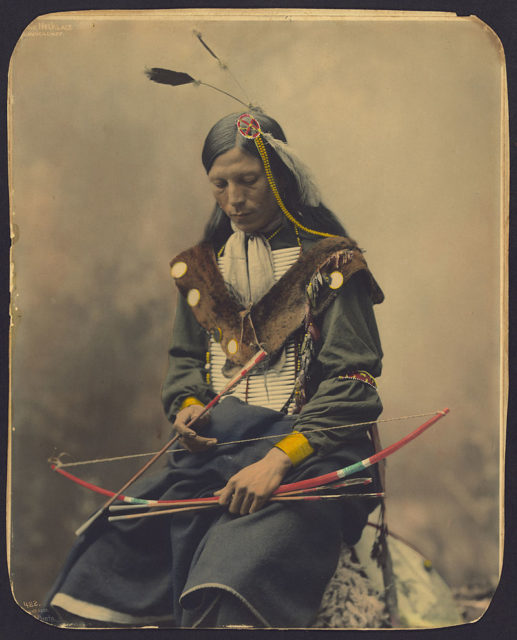
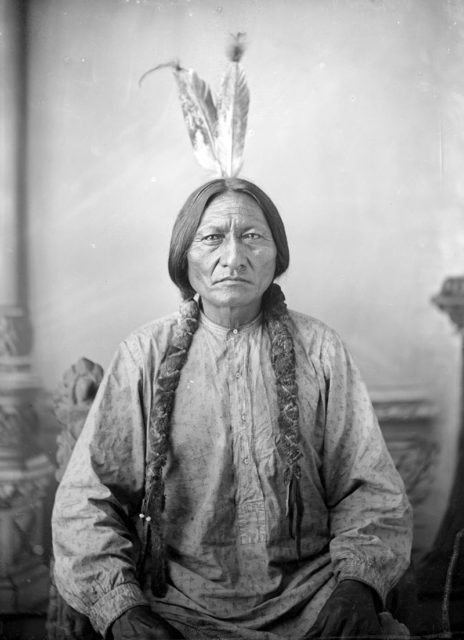
One of the most famous members from the Sioux Tribe was the famous medicine man and chief named Sitting Bull. He is mostly known for uniting the Sioux tribes to fight against the U.S. authorities in the Great Sioux wars of the 1870s. These wars culminated in the 1876 Battle of the Little Bighorn in which Sitting Bull and some of the tribes defeated the federal troops under George Armstrong Custer.
The celebrated warrior Crazy Horse was an Oglala Sioux Indian chief who resisted and fought against the planned removal to a reservation in the Black Hills. When the conflicts between the Lakota tribe and the U.S. stepped up, Crazy Horse took the matter in his hands, standing in the center of many decisive battles. He brought a great victory to his people when he defeated Captain William J. Fetterman and his 80 men, embarrassing the U.S. military.
Another notable warrior in the Great Sioux War was the Lakota Chief Flying Hawk. Besides being one of the bravest combatants during the fights with the U.S. settlers, he is also remembered as an educator and historian who wrote about and recorded the Battle of the Little Big Horn and the Wounded Knee Massacre. Reportedly, in the period from 1898 to 1940, he traveled for almost half a century throughout the territory of Europe and America, presenting and spreading the authenticity of the Lakota culture.
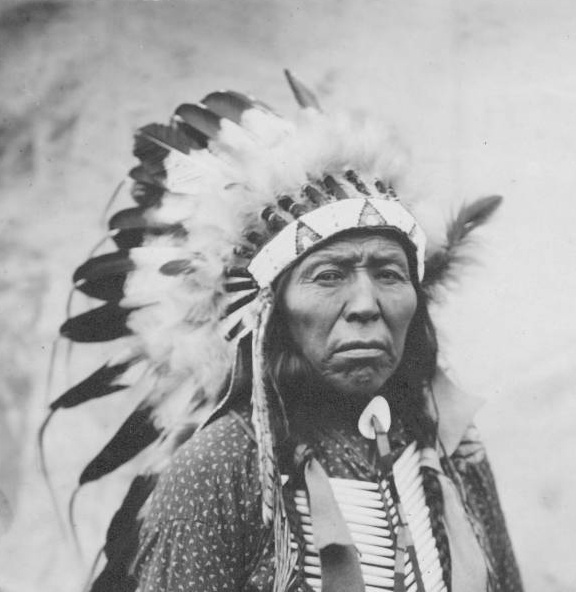
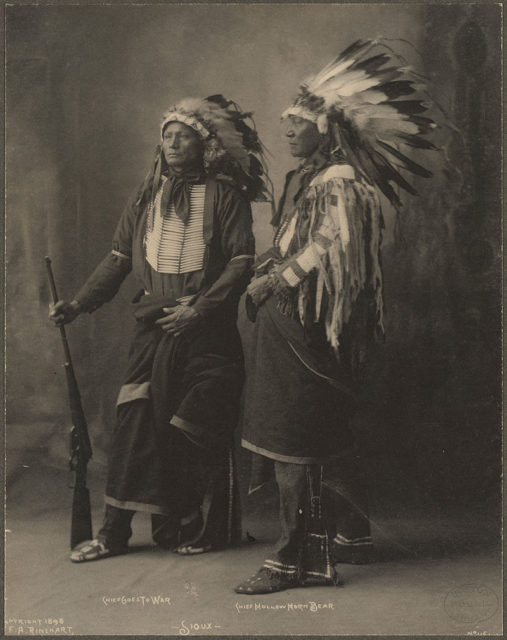
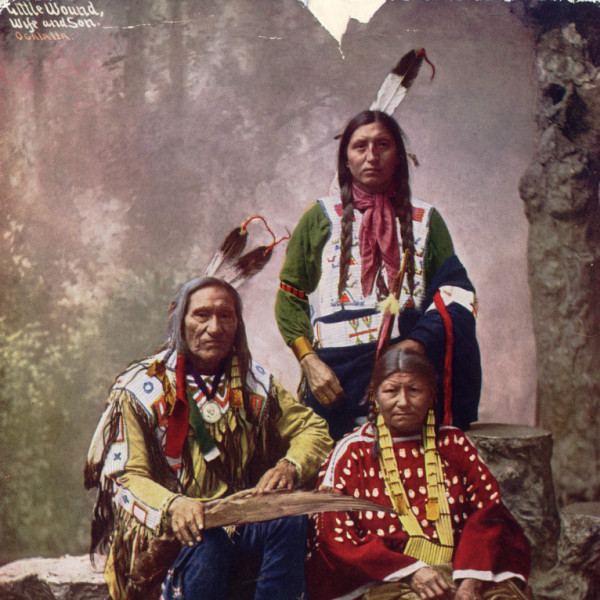
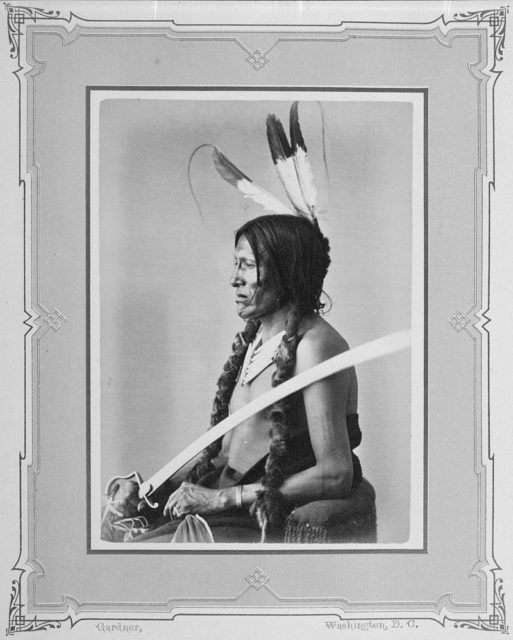
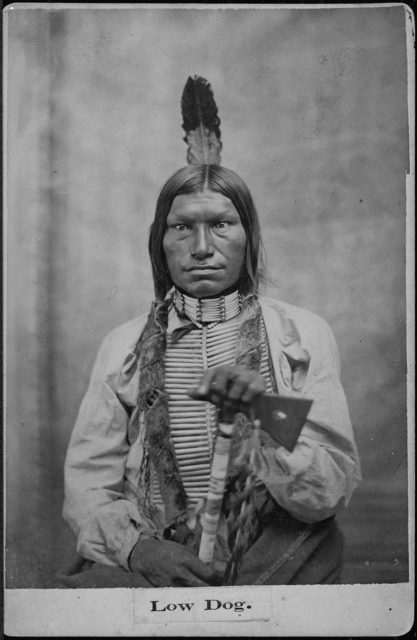
Like most of the Native Americans, the Sioux Indian Tribe was forced from their lands, facing harsh conflicts with the white settlers. However, this tribe has left a strong mark on the territory of America, since the names South Dakota and North Dakota remain as a legacy of the Sioux Indians.
Moreover, names such as the Big Sioux River, the Little Sioux River, Sioux City, and Sioux Falls are derived from the languages of the Sioux.
